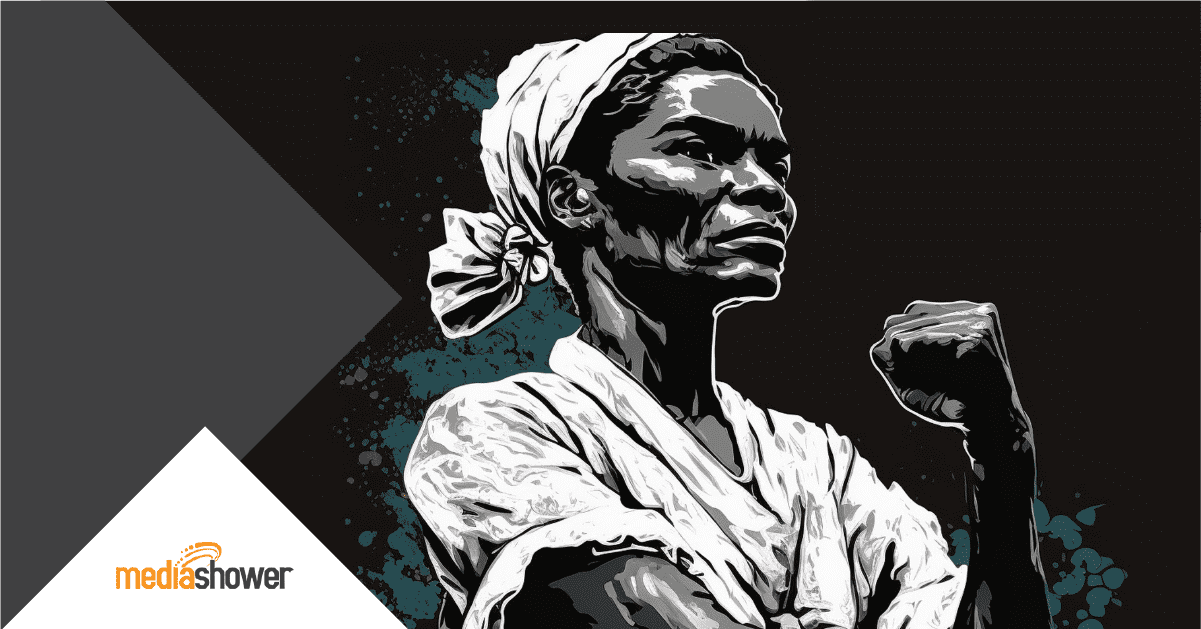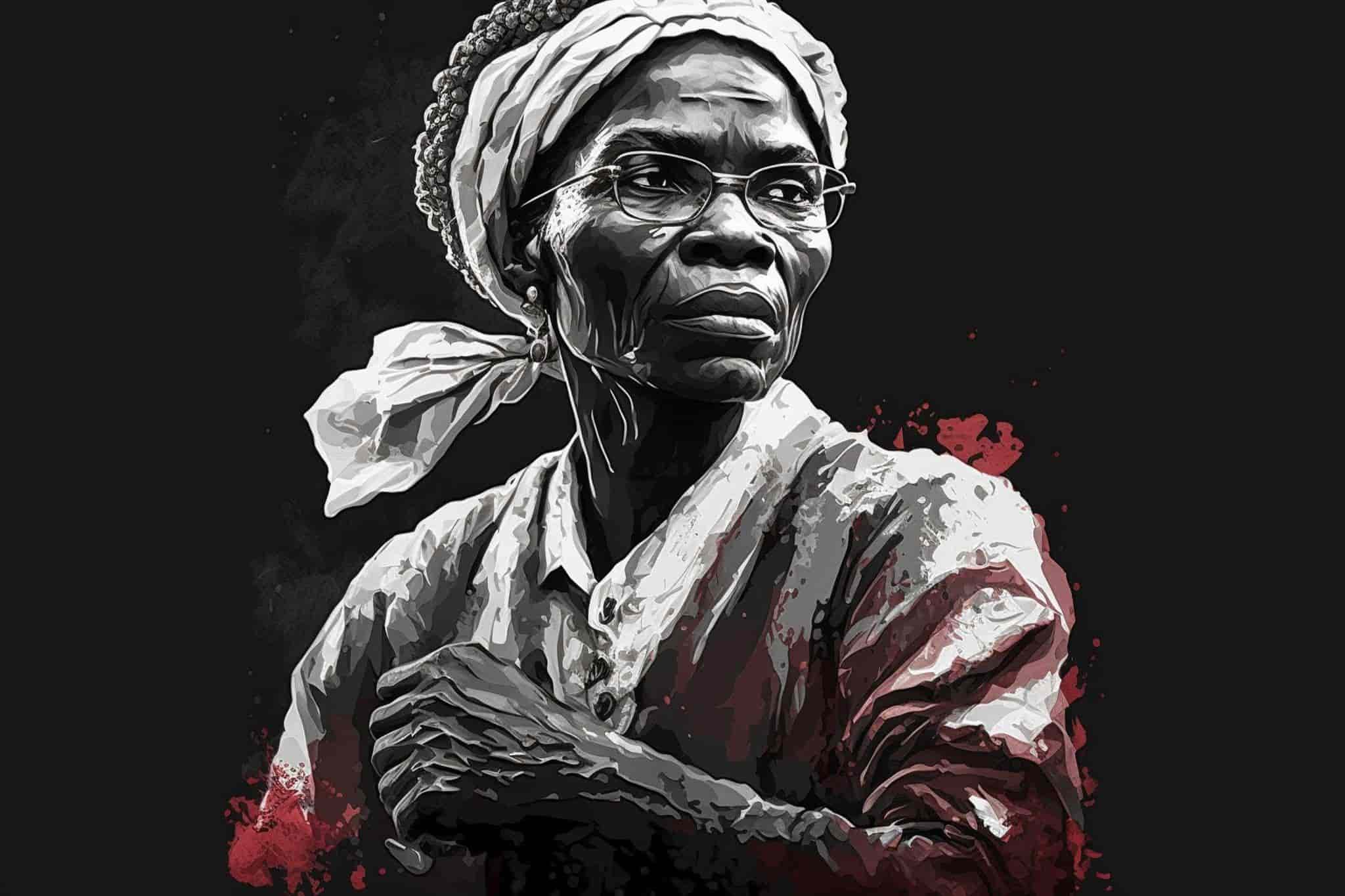
TLDR: Sojourner Truth asked white men in power why they didn’t think she, or other women, deserved equal rights in their country. She made reasoned arguments, using biblical and historical frameworks to convince her hearers it was in the country’s best interest to give women and people of color equal rights.
So What? Truth’s “Ain’t I a Woman?” speech has become a watershed moment for equal rights in America, and it’s still considered pivotal today. Here’s what great communicators can learn.
Sojourner Truth was born Isabella Baumfree, a slave on a New York estate in the early 1800s.
In her younger years, she suffered a typical life of slavery at the time which included back-breaking work, mistreatment, and forced marriage to another slave that produced five children.
Truth escaped slavery when her master refused to abide by the New York Anti-Slavery Law of 1827. Over time, she became a Christian preacher and a civil and women’s rights activist.
As part of her civil rights work, Truth was invited to speak at the 1851 Ohio Women’s Rights Convention. This historic speech, known as the “Ain’t I a Woman?” speech, embodied the truths of Sojourner Truth’s day and her life. Ironically, some published versions don’t contain that phrase.
Truth stood out as a black woman vocal about equal rights. She was willing to do and say things no one else would, and this speech was no exception. Simply put, Truth plainly asked why men in power withhold equal rights from herself–and by extension, from women and black people generally.
Here are some of the truth-telling techniques she used to make her iconic speech so powerful.
Hammer Compelling Points
Truth supports her message by making points with which people can’t disagree without arguing against their own beliefs.
She starts out by saying (in the first published version) that she’s worked as hard and is as strong as any man. Following that, she claims that women’s rights don’t take away from men’s rights, stating:
As for intellect, all I can say is, if women have a pint and man a quart – why can’t she have her little pint full? You need not be afraid to give us our rights for fear we will take too much, for we can’t take more than our pint’ll hold.
She also said that if men would give women their “pint full” of rights, they would not have to endure protests any more, and they’d have peace from women’s entreaties.
Her comments are a bit tongue-in-cheek, but they point to the fear many men had about giving women equal rights.
Build on Existing Beliefs
Truth used a technique of building on people’s existing beliefs about both religion and about men and women in society at the time. She did this to get them to come around to her points more easily, because they already believed most of what she told them.
For example, she cited the commonly held belief that Eve, the first woman, got humankind kicked out of the Garden of Eden. She argued, however, that if one woman was strong enough to get humanity in such trouble, then all of womankind could fix the problem Eve created.
She then debunked the common argument that women couldn’t be equal because Christ was a man, not a woman.
“And how came Jesus into the world?” she asked. “Through God who created him and woman who bore him. Man, where is your part?”
By using such examples, Truth showed her listeners that she understood them as a deeply spiritual person, but she also asked people to think differently about their existing beliefs. This technique got others’ attention and made them think beyond their usual reasoning.

Be Yourself
Truth knew being herself was a powerful way to communicate. She didn’t try to speak like a white, educated person of the time.
Instead, she drew on her experience as a hard-working former slave, who like many women of her time, had several roles as a laborer, a mother, and a female member of society. These roles were in conflict with some of the rhetoric against women’s rights at the time, which assumed women were weaker than men, both physically and mentally/emotionally.
Working hard and being strong was part of womanhood for Truth and countless others in her world at the time, and she knew that this would help her message about women’s equality resonate with her listeners.
Whether she used the rhetorical question, “Aint I a Woman?,” as one speech transcript says, or she didn’t use those words, her speech emerged from who she was, her background, and her hopes and dreams for herself and her people.
Skirt Societal Norms
Truth refused to conform to the norms of her day. She wouldn’t be a quiet, polite, or submissive woman because society used those characteristics against women to maintain the status quo. Instead, she became a preacher and stood up to speak bluntly when it wasn’t considered appropriate for a woman or person of color to do so.
There’s a time to be polite and follow societal norms. However, people often use those norms to deny basic freedoms to groups of people. In these cases, bluntness is often required to break people out of their complacency and get them to understand when change is necessary.
If you need help crafting a compelling message that brings about important change, Media Shower has what it takes to break through and find ways to powerfully communicate your ideals.
Read more about our vision in The Media Manifesto A new vision for media companies.
